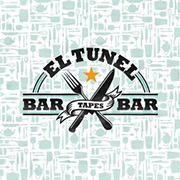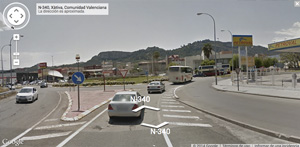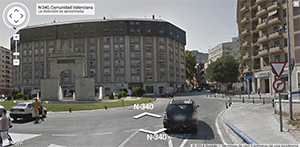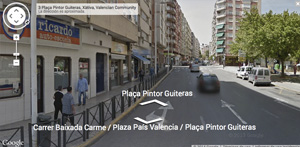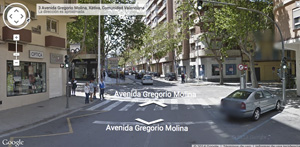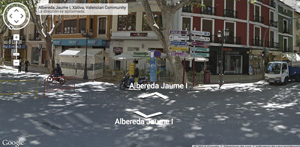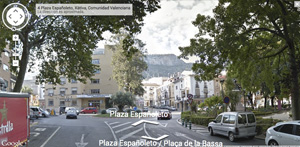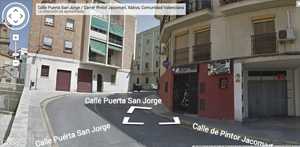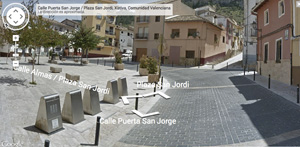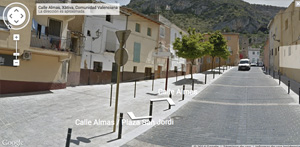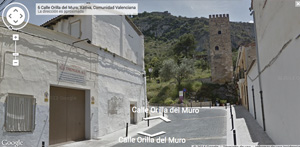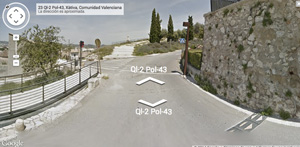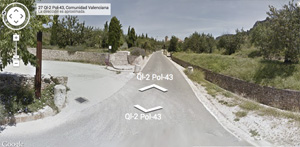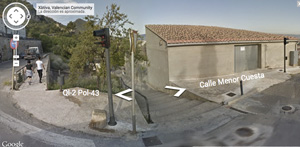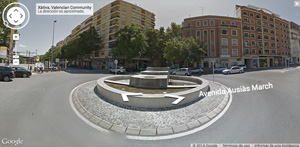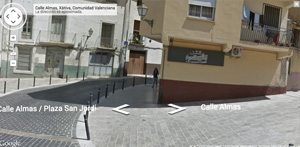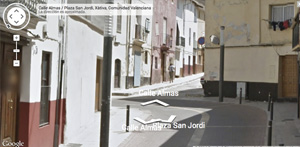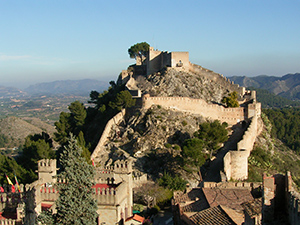
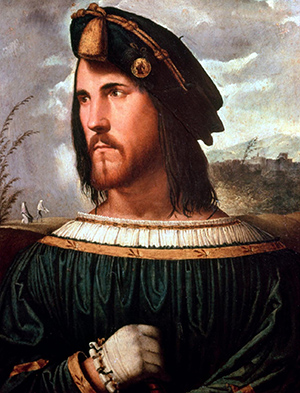
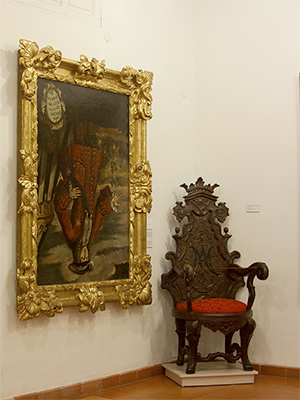
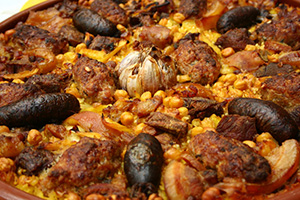
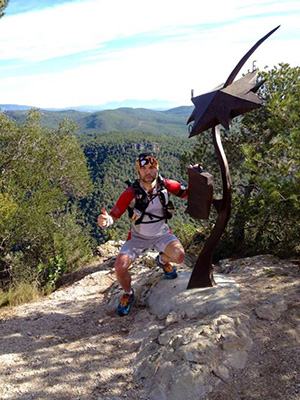
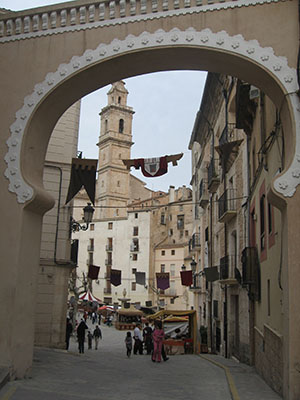
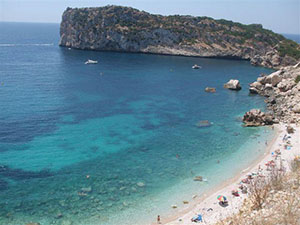
Some history
Xàtiva is a municipio of Valencians Community (Spain) located in southern Valencia, the north of the central regions and it is the capital of the region La Costera. It has de largest number of enclaves in Spain, with a total of 26 and in 2013 had 29,400 inhabitants.
Historically, Xàtiva was one of the most important towns of the Kingdom of Valencia even competing with Valencia and Orihuela, the other two most important cities in the Foral period. It was the birthplace of the Borgia Popes and retains an important artistic heritage, although it was burned in 1707 by the Bourbon troops in retaliation for supporting the Austrac troops during the War of Succession. In 1822 it became the capital of the province of Xàtiva, disappearing following the territorial division in Spain in 1833.
Xátiva tours
Route of the Borgias
Home for Borja (Borgia in Italian), noble family originating in the Aragonese town of Borja and established in Xàtiva, Kingdom of Valencia, and later in Gandia, very influential during the Renaissance. Its original name was Borja, Aragonese surname from its place of origin. The Italian spelling was hoisted for some of its member, who are known as Borgia.
Few ancient characters have such a systematic and lasting deformation of its historical reality, such as the one suffered by the Borgia family, specially Alexander VI and his most famous stems, César an Lucrecia. Few are those who can also illustrate in such an extreme way of the troubled relationship between the Church as an institution, and the fields of secular and spiritual power. All this at the precise moment in which the European society initiates an artistic flourishing and a spiritual and intellectual spectacular and innovative debate, Inspired by the discovery of Greek civilization, that will crystallize in humanist thinking and creative development that shaped the abandonment of the medieval world, to make way for a true cultural and social “Renaissance”.
With the arrival of Rodrigo de Borja papal headquarters under the name of Alejandro VI, in 1492, began the intrigues and disputes among small states in which it was divided the territory, today known as Italy. The Sforza, Orsini and Farnesio were at the same time allies and enemies of the Borgias. They say that Pope Alexander VI had the idea of increasing the Papal States to a large part of the Italian territory and passing its rights to his dynasty- both territories as the head of the Catholic Church-Although it is only a hypothesis.
After Alexander´s XI death in 1503, probably poisoned by his successor Pius III, his son César-character that is said to have inspired Machiavelli to write The Prince-fled to Viana (Navarra) and died fighting alongside his brother-in-law, King Juan III of Albret. While his sister Lucrecia continued the patron work of his father in Ferrara.
Route of burnt Xàtiva
The War of succession arose from the conflict that kept supporters of Felipe V, and supporters of Archduke Charles of Austria for the succession to the throne of Spain. Different social, economic, dynastic and political causes, provoked the strife. In 1700 Charles II died without direct descendants, two of his relatives with the same degree of kinship, opted for the throne: The Archduke Charles of Austria and Philip of Anjou, from the French Bourbon dynasty. The will of Charles II, appointed heir Philip V, with the condition the he renounce the throne of France for not meeting the two crowns in the same person. Precisely, the breach of this requirement is what led to the international dimension. By joining virtually all other European powers against the French Pretender. The Battle of Almansa was one of many that took place during the nearly 14 years of the War of Spanish Succession and one of the most important in its consequences. After the defeat of the Austracists at the Battle of Almansa (25th of April, 1707) and the subsequent surrender of the Kingdom of Valencia, the Bourbon army of Philip V went to Xàtiva, second most important city of the Kingdom, Austracists bastion, it withstood 15 days of fierce and ruthless lides before falling into the Philipian hands. Xàtiva paid this obstinacy in blood and fire. French Marshall of Asfeld, served on June 19 the order to burn Xàtiva.
Castle route
Although Roman origin of most of the walls and towers that have been preserved are Islamic technical or Gothic. Divided into two distinct spaces; the lower Castle-the oldest-and the highest Castle, embellished and enlarged by Arabs an Christians. The fort holds within its walls the shadow of the powerful Hannibal and Scipio, the refinement of its Arabs wardens history of assaults and border wars, confinement of famous people and position strategic defensive bulwark, that accompanied it until well into the 19th century. Walking in the footsteps of its walls round is like travelling to the past, to a world full of exploits and conquests, leaving the imagination behind their battlements.
Key part in the history of Valencia.
Because of its special topographical location and layout, Xativa Castle controlled the Via Augusta. It was the scene of campaigns of Hannibal, Scipio and Sertorius, and then it played a key role in the fall of the Omeya Dinasty and the subsequent decomposition of the Caliphate of Córdoba. After the conquest of the Aragonese King james I, became the most important fortress which defended the passage from Castilla to the capital of Valencia, ant it was State prison of the Crown of Aragon. In between its walls were locked pretenders to that crown and to the Kingdom of Mallorca and Naples. It was visited by Kings like James I and Philipe III, it became a key piece in all the wars and revolutions since the 14th century to the 19th. And it suffered especially the bombardment cannons of the Army of Philip V during the War if Spanish Succession and the demolition caused by Napoleon´s troops on their desertion, during the Independence War.
On the Crest of Mount Vernissa and the Red Rock, is the Castle of Xativa. One of the most imposing and historic fortified sets of the Iberian Peninsula, earning it the declaration of a National Monument in the 30s of the 20th century. You will reach the fort on a winding road trough pines that rises over the historic town of Xàtiva. The current gate is rebuilt a few feet behind where the original door was in the first place-which had a grate bars-and the towet of homage, dynamited by the French army of Marshal Suchet, after his retreat in the War of Independence in the early 19th century.
Descending from the castle walls Albacar canvances protecting the population. It´s a spectacular hanging canvances that extend the hillside made with adeobe and masonry. Preserved parts of Islamic and Christian conduct. As well as a stretch of Roman and Iberian origin. In the Levant are several towers which include the Tower of the Sun. Is the easternmost tower of Albacar. It presents an oval outside level. In it there is an Arabic inscription that refers to the date of its construction, 1210-1211. Arab legend tell us that is named because after the summer solstice, the sun was filtered through the many windows of the tower, creating with its rays and also with the lush greenery , such a magical atmosphere similar to Paradise.
The castle is divided into two parts called the Lower castle facing the east and the Higher castle facing the west, both had an access gate in common. Behind the gateway called outside door of Forana, from which there are a few remaining remnants, its found the current access through the Ferrisa Door. It is a smooth segmental arched door protected by the tower. Next to the door is a lookout tower.
Gastronomy
As good Valencian, inhabitants of this region are major consumers of rice in all its forms. Especially the main dishes that are cooked with rice in addition to the International paella, are “L’arròs caldós”, l’arròs amb bledes”, “l’’arròs al forn!, “arròs amb fesols I naps”, etc…
In April, it´s held the International Arròs al forn Competition-Baked Rice Contest- Two contests: One popular and the other professional, bringing together great personalities of the Spanish cuisine.
The bakery has a wide acceptance in the villages of the region, thus we find in Xàtiva, Llanera and other, of Muslin origin the famous “Mona” and “Almoixàvenes”, traditional from the era of the carnivals, made with scalded flour, eggs, butter, sugar, cinnamon and oil.” L’Arnadi” cake based of pumpkin pulp or sweet potato with sugar, almonds, pinions and cinnamon, characteristic of Easter.
In the winter period are typical sweet potato cakes and nougat. Also notes “torró de gat”, during the “Catalinetes” in November. As well as “fogasses de carabassa” on the festivity of All Saints (Halloween). “La coca en llanda”. A very wide, rich and varied cuisine.
Visits from Xátiva
Hiking trails
The Vernissa mount is a small mountain in Xàtiva (València), next to the castle mountain, to the east of bixquert. Forming an orographic unit that is intefrated into the Serra Grossa, that extends parallel to it.
The two mountains divide into two distinct halves the town of Xàtiva. The Northern area includes the valley of Cañoles, with a flat basin bounded by mountainous areas with steep slopes in which occured irrigated crops and population settlements are located.
The southern has a more rugged terrain, divided into two watersheds separated by a line of medium-height peaks linking from north to south “La Serra Vernissa” and “La Serra Grossa”. The western basin pours into Cañoles River and the eastern basin pours into Albaida River.
This mountains are the visual and functional limit of the north, being a strong rock formation landscape impact. To the west of “Sierra Vernissa” highlights the pick of Vernissa (455m) for its height, and “Peña de San Diego” (378m) for its peculiar rock formation on top.
Medieval village of Bocairent
For hundreds of years, the passage of time and people have shaped a unique and full of attractive town. As we move among the winding streets of the old town, time seems to turn back immediately by several centuries; its curious bullring carved into the very heart of a huge rock; an amazing church, a real gem; the caves of the Moors, an impossible construction; high-tech of the past; all that and many more things immersed in a privileged setting form a town that will not leave us indifferent.
A walk through its streets will remind us the life of its people and their ways of living.
Enological path Moixent/Alforins
Knows as the Valencian Tuscany, Alforí area is known for the quality of its wines and the beauty of its landscapes. This time we propose a route for the many wineries in this beautiful corner of the province of Valencia. Wine routs runs Fontanars dels Alforins and Font de la Figuera, in the province of Valencia.
It has 11 different wineries
Near beaches
Although Xativa is an inland city, you can find beautiful beaches just 40 minutes away, like cities like Xeraco, Oliva, Gandia, Denia and Xabia. Towards Valencia is also Saler beach and L’Albufera. A good plan for a sunny day.

